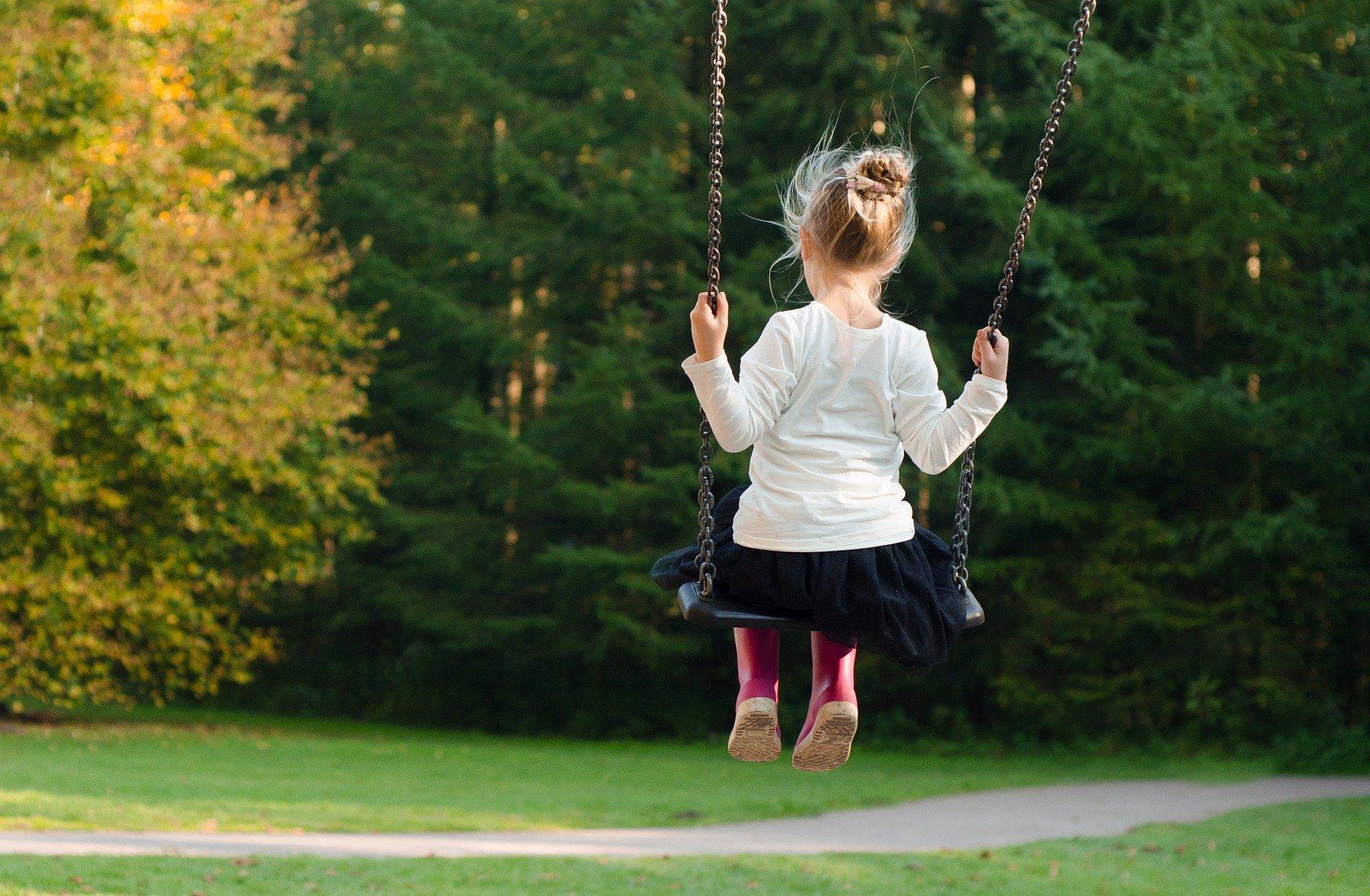Green beats screens for kids’ wellbeing

A University of Adelaide review of 186 studies from around the world has found “green time” is far better for children and adolescents mental health and academic achievement than screen time.
Screen time – time spent watching TV, computers or playing video games - is generally associated with poor psychological outcomes for children and adolescents including increased levels of mental illness, poorer cognitive functioning and poorer academic achievement.
“Experiences of mental illness in childhood or adolescence have implications for an individual’s lifelong mental health trajectory,’’University of Adelaide researcher Tassia Oswald
Conversely, green time – time spent in the natural environment – was generally associated with favourable psychological outcomes including lower levels of mental illness, superior cognitive functioning, and higher academic achievement.
Researcher Tassia Oswald, who conducted the study – published today in PLOS ONE - as part of her PhD research, said further work using high quality research designs would be able to dissect the mechanisms involved in these outcomes.
She said young people from low socioeconomic backgrounds are underrepresented in the literature which is problematic given some findings suggest they may be disproportionately affected.
“Children and adolescents from low socioeconomic backgrounds may engage in higher levels of screen time and have less access to nature in their neighbourhoods,’’ she said.
“The psychological consequences of excessive screen time appears to possibly be worse for these children, while psychological benefits of green time appears to possibly be greater for these children.
“Little research considered the reciprocal effects of high levels of screen time and low levels of green time, so it’s hard to know whether high screen time alone, low green time alone, or the combination of both high screen time and low green time is responsible for poorer child and adolescent mental health.
“More research in this direction would help us to work out whether we should focus our efforts on reducing young peoples’ screen time or whether simply increasing their green time alongside their screen time would be beneficial for their psychological well-being.”
Ms Oswald said much of the screen time research is related to older forms of technology – television, video games, computers – and more future work should look at the psychological effects of portable technologies like smartphones and tablets.
“Experiences of mental illness in childhood or adolescence have implications for an individual’s lifelong mental health trajectory,’’ she said.
“So prevention is key and identifying exposures which harm or help mental health is especially important for young people. Providing parents, teachers, researchers, policy makers, and young people themselves with a summary of what evidence is out there may help them understand the psychological impacts of exposure to screen-based technologies and natural environments to ensure optimal well-being.”
Media Contacts
Tassia Oswald
PhD candidate
School of Public Health
University of Adelaide
Mobile: +61(0)400 301 393
Email: tassia.oswald@adelaide.edu.au
Elisa Black
Manager – News and Media
The University of Adelaide
Mobile: +61 (0)466 460 959
Email: elisa.black@adelaide.edu.au
